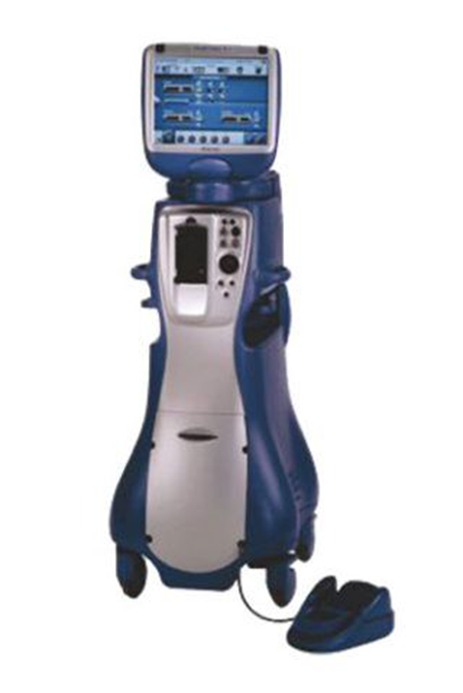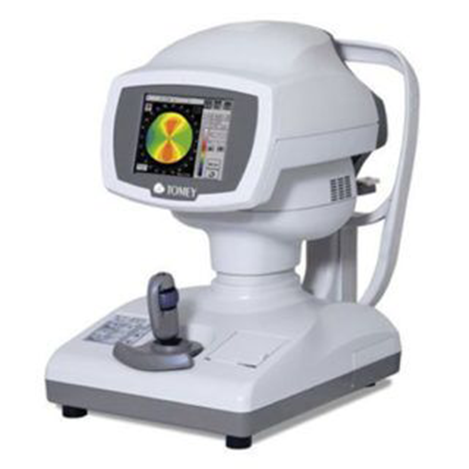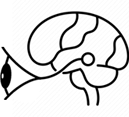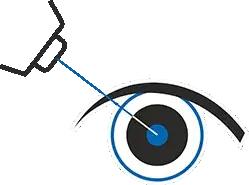What Do You Understand by Diabetic Retinopathy?
Diabetic retinopathy is an eye condition, it is caused by diabetes that occurs due to damage to the blood vessels in the retina, the light-sensitive tissue at the back of the eye. When diabetes is not well managed, it can lead to high levels of blood sugar, which in turn can cause damage to blood vessels throughout the body including those in the retina.
Request an Appointment




















